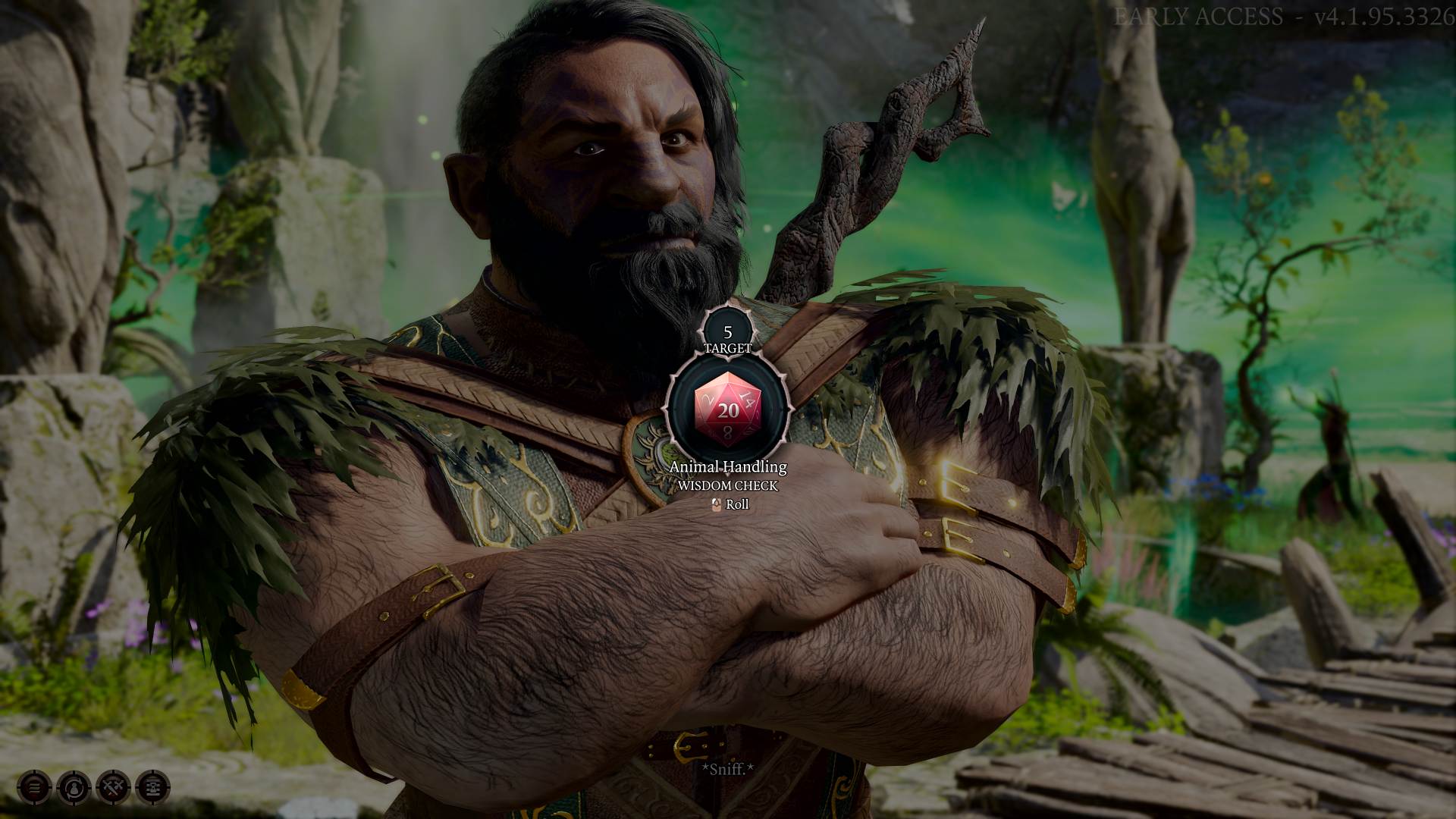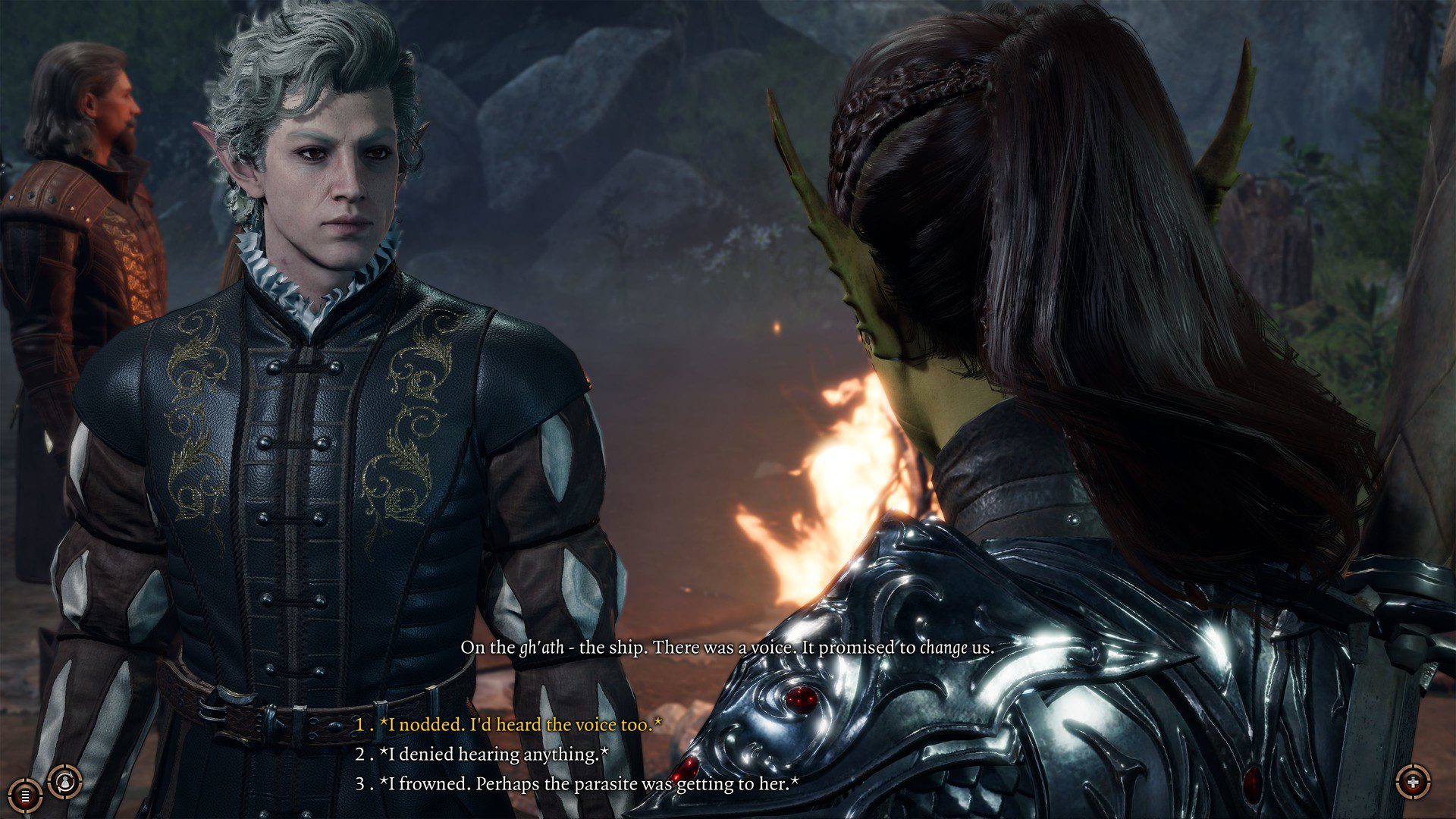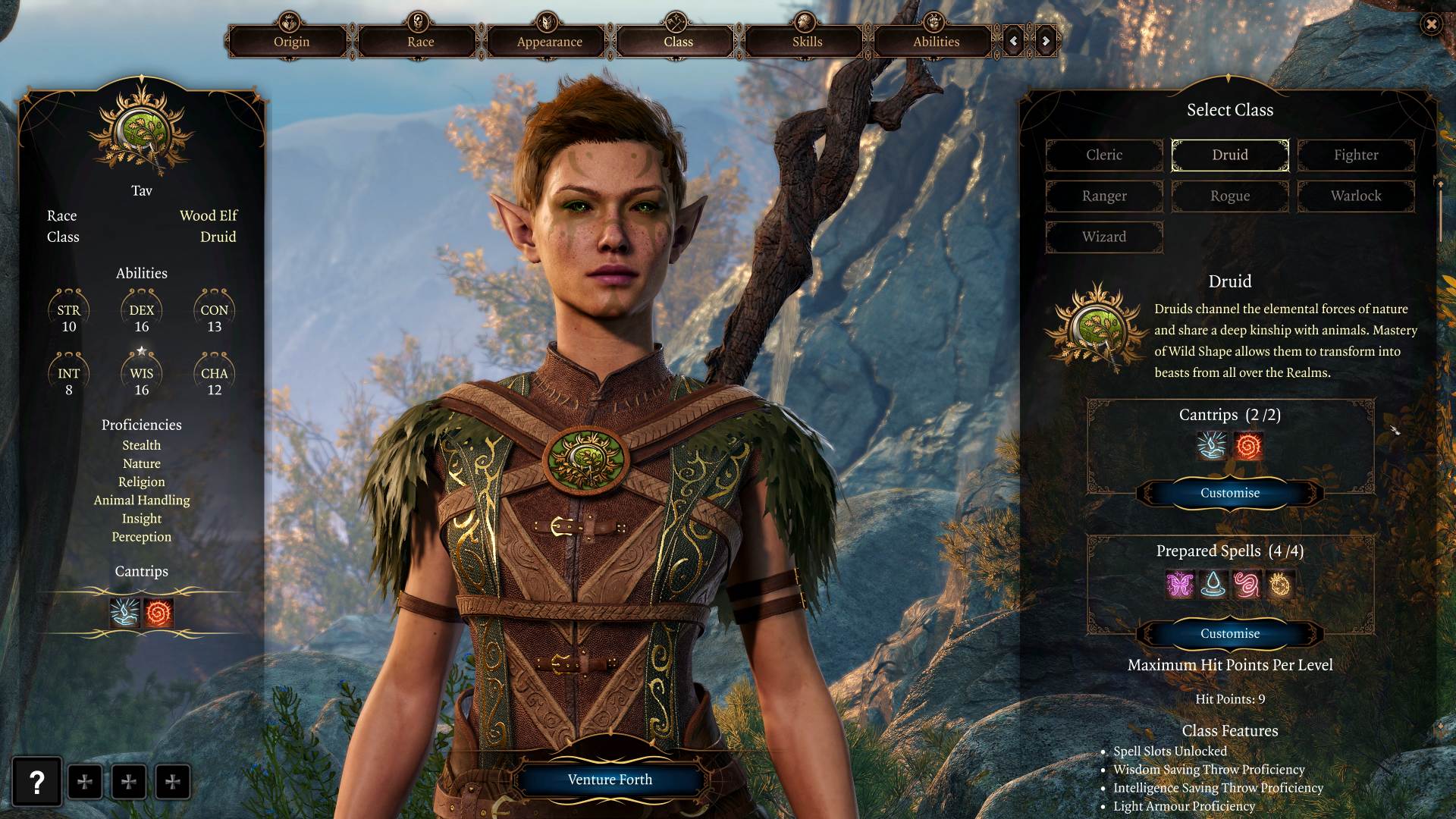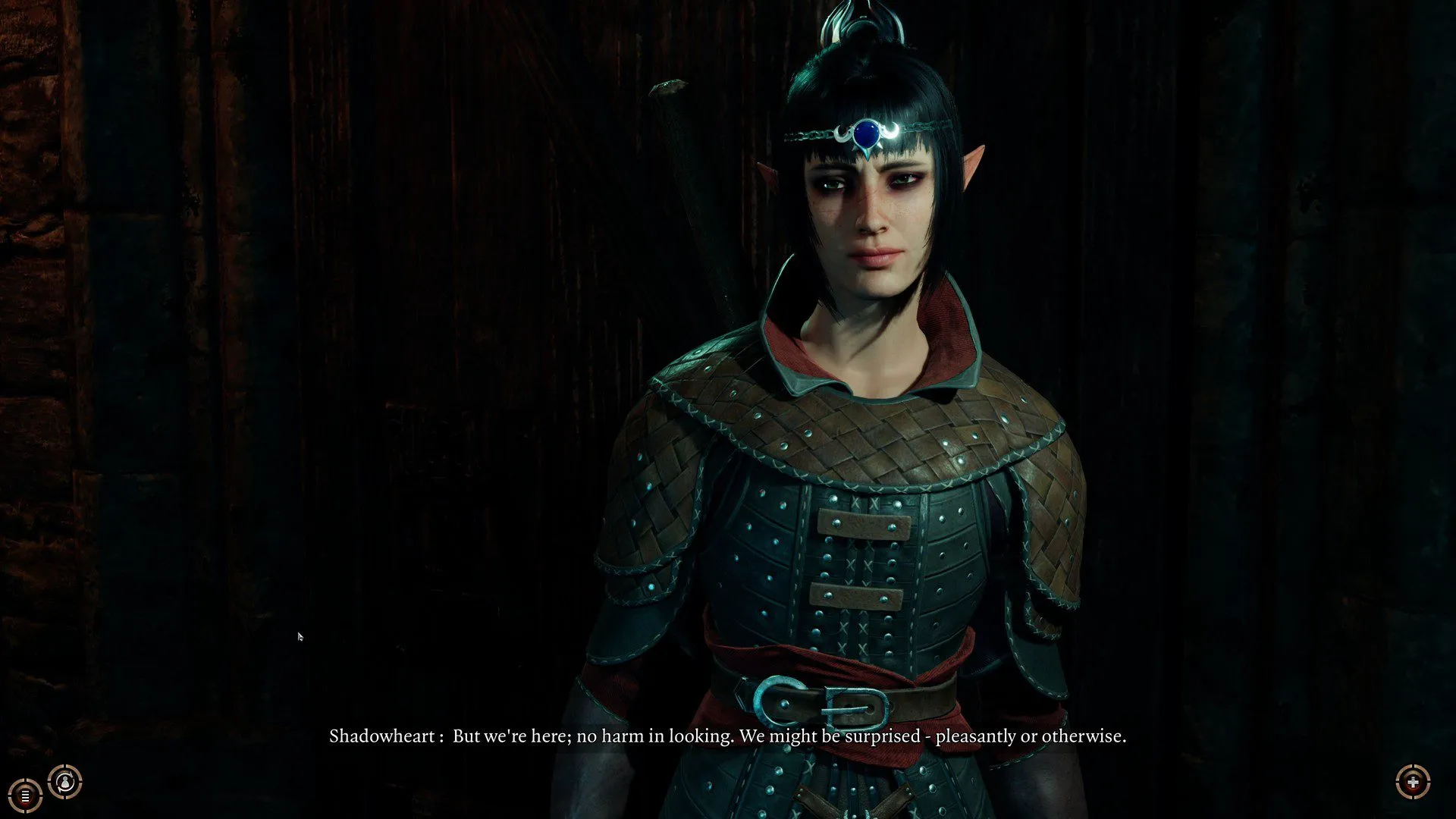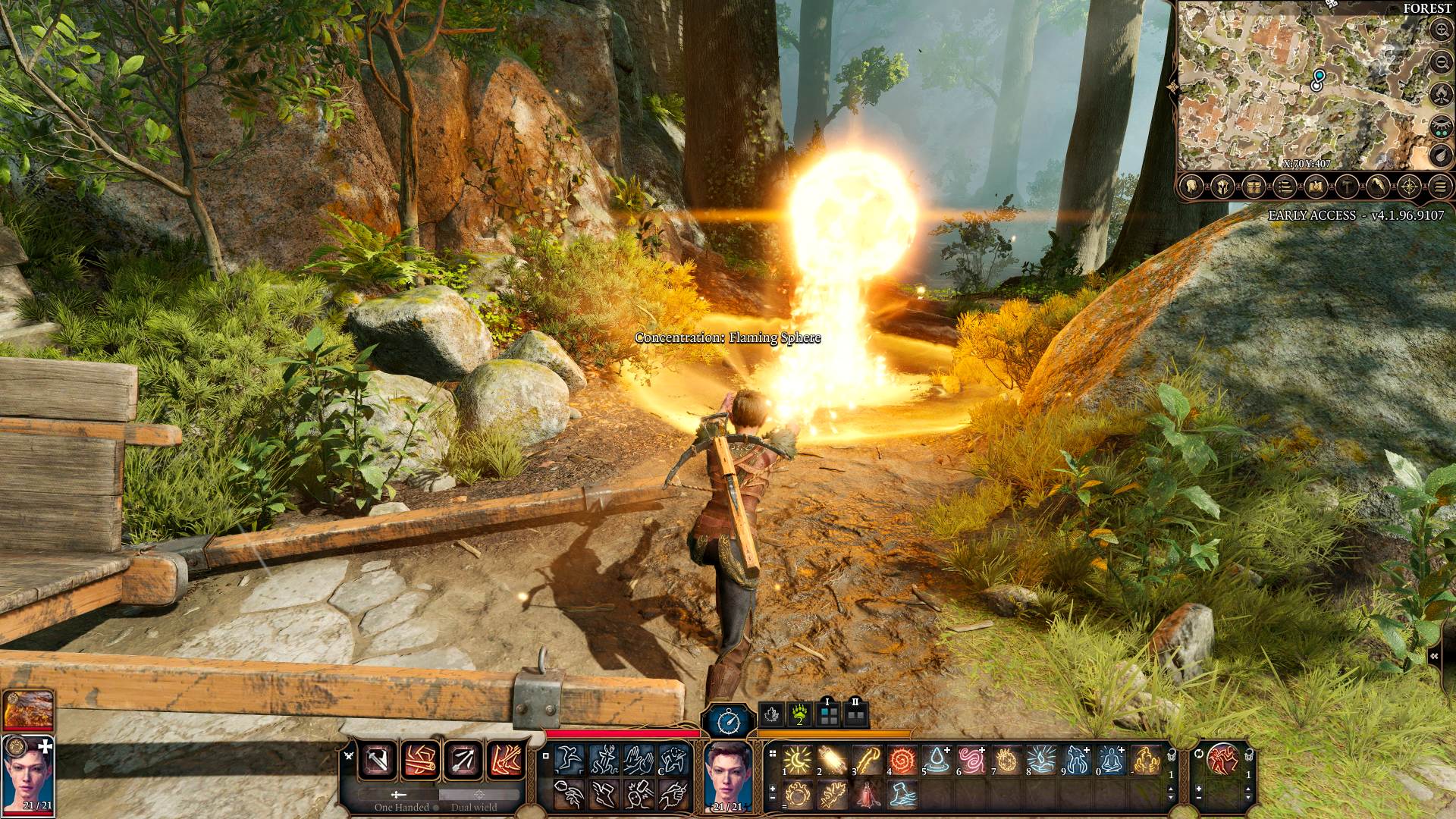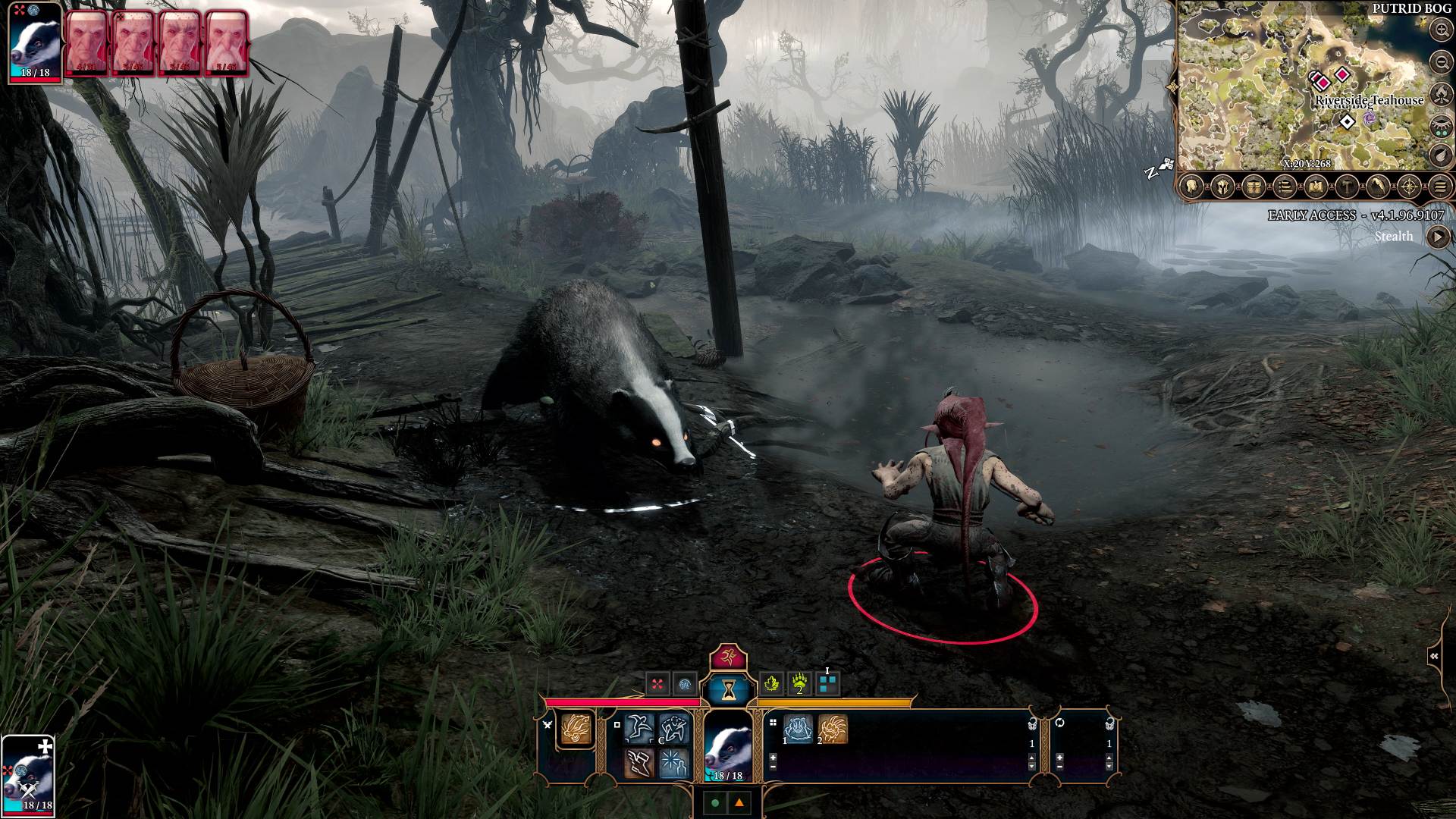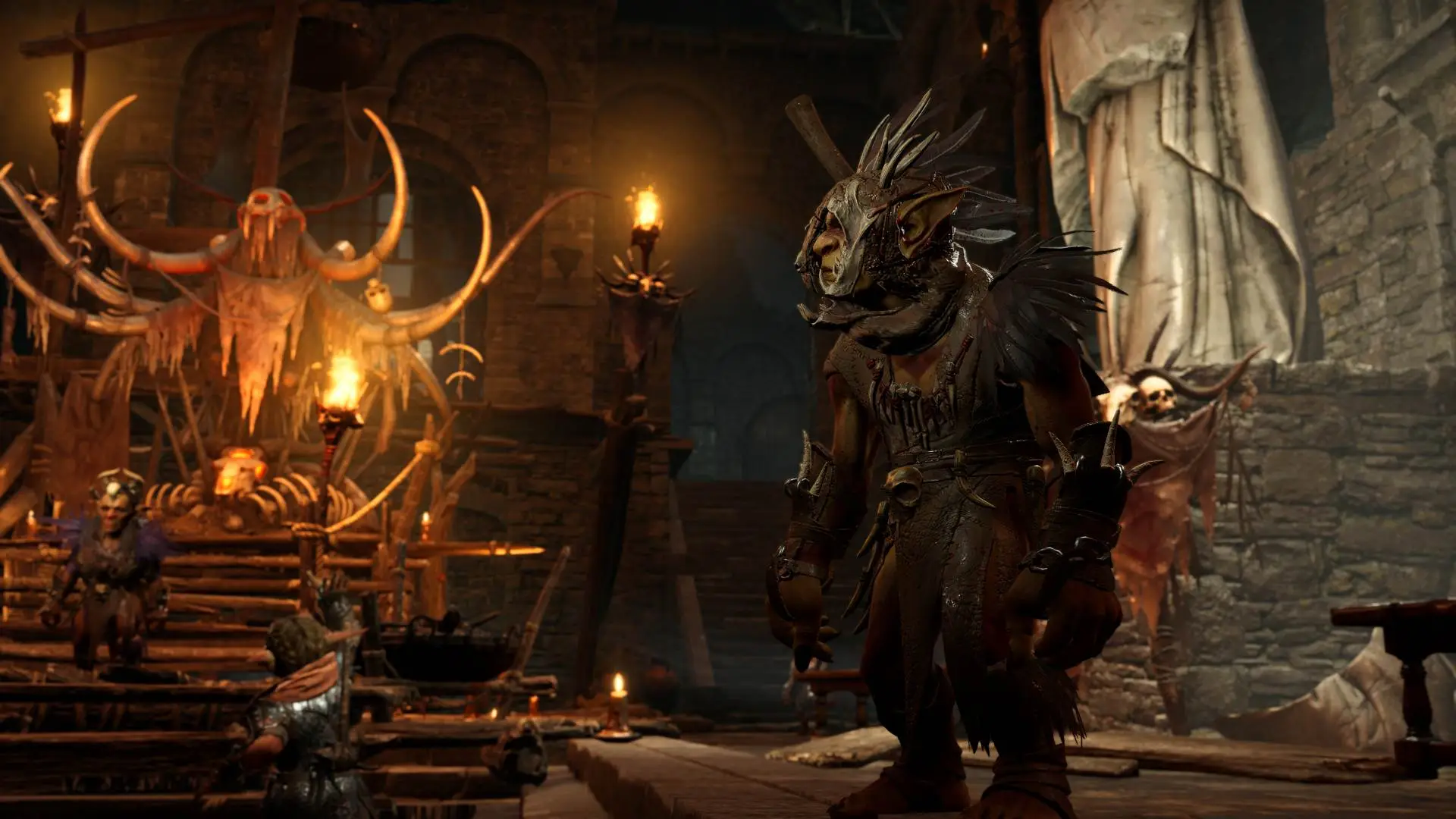A modern method
What's helping Vincke and the team at Larian track everything is not just vocal player feedback, but the data it's collecting from playtime. An upside of Early Access is that you have a lot of players engaging with your content, and while that can help for ferreting out bugs, there are deeper problems you can root out with enough data.
It might sound strange, but story has been one area where the data has been a boon. At one point during our talk, Vincke pulls up an image to show me what's essentially a graph of the paths players have taken through a specific story dialogue, and what outcomes they received. Vincke estimated it covered about 30,000 dialogues' worth of data, with some results being clear majority and others, ones that might require use of certain mechanics or knowledge, having fewer players reach that conclusion.
Vincke describes these analytics tools, which the studio built up after the success of
Divinity: Original Sin 2, as a "gold mine." It helps the studio identify what players are doing and make inferences, and potentially adapt if they're seeing a choice being taken too often or not often enough; or even, if the choice is one they want to feel special and earned, keep it that way.
"I call it a very modern way of doing game development, because you finally have the data processing to be able to do these kinds of things," Vincke says. "And it's, it improves it, literally, I mean, there's nothing to be done about it. It makes the games better. They just need time, they need to cook."
Now and later
Story is certainly of importance, because
Baldur's Gate 3 leans much heavier into a cinematic approach. Conversations occur in framed, animated shots rather than talking heads, and every companion has their own lines of dialogue to pore over, both on the road and back at camp.
Currently in Early Access, there's only the first hub "act" of the game. And while there have been updates adding new content, including a new class for players to pick in character creation, there's still a fragile balance between showing enough to get good feedback and not revealing all of what Larian is working on.
Vincke says the studio is trying to be very conservative with what they launch in the Early Access period. That doesn't mean there won't be anything more, but there's also the concern of releasing too much and watching players burnout; he says there are already people who played 300 to 400 hours of
Baldur's Gate 3 in Early Access.
"You could argue that it would be a lot easier to just throw everything into Early Access, and then just work with all that feedback and then just release it at the end of the exercise," Vincke says. "And at the same time you can say well, if I do that, and I haven't dealt with everything and players happen to have a bad experience there, then that's their entire impression of the game: that it was a bad experience."
Larian is still working on the game, too. Vincke says the studio doesn't have the content of the end of the game ready yet. Even if it did, Vincke doesn't think they'll put it all in Early Access; the studio has a "large army of testers," and the Early Access is not its testing ground for QA. The Early Access is there for community feedback on systems, systems that are present there and will be throughout the rest of the game.
That reasoning helps give context to why the Druid was the next class in line to hit the Early Access. Druids play a pretty major role in the first hub, but when I asked Vincke why it was the latest class to enter the Early Access build, the answer surprised me a bit.
"It was one of the hardest classes to get right," Vincke tells me. "So we wanted to put it in there to force ourselves to go through the entire process of that class, and at the same time to see what people were going to be doing with it, because we are going fairly far with what you can do with Wild Shape."
Vincke says that Larian has ambitions, still, for what it's going to add. Druid provides a very different experience compared to the other classes, so it's an interesting question mark to address now, rather than later.
"So we're not going to necessarily put the classes that are easiest to make first into [Early Access], we're putting the ones that are interesting for us also, to see what the community does with it," Vincke says.
Ain't seen nothin' yet
Throughout Early Access, these decisions have been made: what to show now, and what to wait on. Vincke tells me that the process of determining just where the Early Access cuts off was simply trying to find places that made logical sense, but even that is tricky. Not every path has a natural climax, so Larian had to find cuts that felt reasonable, even if they're also artificial.
One way this can already be seen is in
Baldur's Gate 3's companions. Of the traveling adventurers you can recruit to your cause right now, there are a number of fascinating characters: the enigmatic Shadowheart, the intriguing Astarion, and the fairly direct Lae'zel, to name a few.
The player fights alongside them during the day, but upon returning to camp, they can interact with these characters and have conversations that shed more light on their backstories. Already there are theories about what certain dialogues mean, or could imply for future story arcs in the full release, and Vincke says we're only seeing fragments of their storylines right now.
"It's interesting to see what people write about them and making their opinion, especially if you know stuff that comes later. So it's really, it's cool to see. But it also tells you, Yeah, okay, well, they're completely seeing this person like that, and that's actually not what we meant from the get-go, we wanted them to seem like that."
Baldur's Gate 3 is also pretty open-ended: the first area basically (literally) drops you into the first hub after its big opening sequence, and then it's up to you to decide where to go, who to talk to, and what leads to chase in terms of getting that pesky Illithid tadpole out of your brain. Vincke says it's vastly more complex than
Divinity: Original Sin 2 was in terms of permutations.
But there's also parts we haven't seen yet; significant changes in the main storyline that weren't ready or included yet, even in this first act area. Vincke says the team is very iterative in its process, so things change.
Pushing and shoving
Of course, there is combat, and Vincke says the team is working on that aspect as well. He says they think it's a little bit too random still, in cases where they'd like it to be more tactical. They're also tooling with the RNG in some areas, and are looking for ways of streamlining it to have a "more modern experience."
Martial classes are a particular area he highlights, as having a party full of just fighters can be tricky, which I found pretty interesting.
In my own experience, I've been loving the ability to push, shove, and throw things to manipulate the world with my Githyanki Warrior, and those mechanics are something he says he's happy people are grappling with. He tells me in a recent meeting, some of the studio members were discussing ways in which they had defeated an encounter using their own ingenuity and exploiting systems in unexpected ways, something Vincke says is one of the core pillars of what Larian is trying to do.
"I mean, that's why we put those mechanics in there," Vincke says. "So the creative use of the mechanics for the players is the thing that we try to maximize. D&D is about your agency, your creativity. We're trying to give you the same tool set still, in a fairly accessible way."
The light at the end of the tunnel
While development is proceeding, Larian Studios has not been immune to the effects of the global pandemic. The team made a swift move to working from home, and while adapted rapidly thanks in part to its experience working with teams across the globe, the missing component was direct communication.
Leads being able to directly communicate with their teams has been one of the harder points of the pandemic, Vincke tells me. Having to do sound mixing online versus in-person is one area he highlights, as well as doing motion capture for cinematics, which has become more prominent in
Baldur's Gate 3 than previous Larian games. He does envision the studio returning to the office once it's safe, joking about meeting the new hires they've made in the last year or so face-to-face rather than over video.
The name "Baldur's Gate" has also been looming overhead. Vincke recognized the pressure that came with the name early on, and that incorporating more cinematics into their games was a "big gamble." The reception has been good though, and Vincke says the studio hasn't compromised on the amount of choice it offers to players in the game.
When I asked whether Vincke and Larian Studios knows when version 1.0 is coming, I compared it to a train pulling into the station. Vincke says they know where, but don't know when. They know where the ending is, and they have a pretty good overview of what's left to do, and that they need to do them right.
"So we still have quite some work ahead of us," Vincke says. "But we do know what we're making and when we're going to be… we'll know when we're at the end, so it is visible. It's just still a lot of work."
As we wrapped up our conversation, I remarked that I was eager to jump back in afterwards and maybe make a new character, to try some of the Druid abilities out for myself. Vincke's response surprised me, and ended up being my biggest takeaway: to not burn myself out on
Baldur's Gate 3.
He advised to "try and keep some surprises for yourself," because things are still changing.
Baldur's Gate 3 is still changing, and there are aspects of this game that might be different in some way I could overlook, thinking I had seen them already in the Early Access. The worst that could happen is that when
Baldur's Gate 3 finally launches, I'll skip through a scene or not try out a choice because I think I've already seen and know it. That's not what Larian is planning on.
"You won't know it," Vincke says. "It will be different, and so that's the promise."












